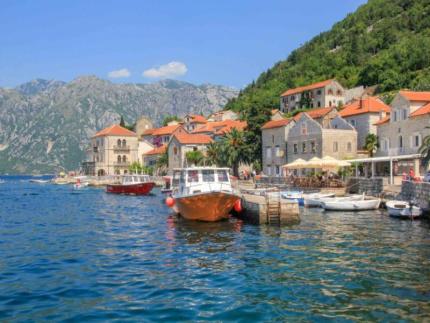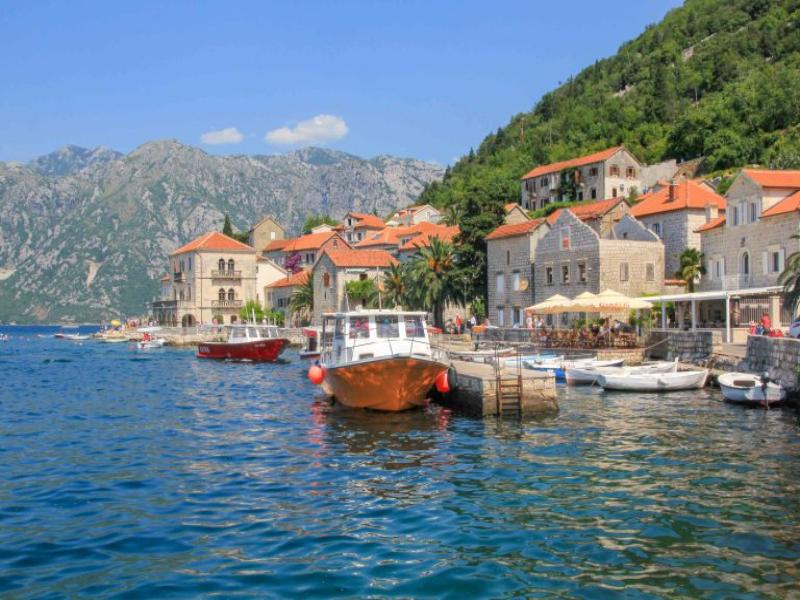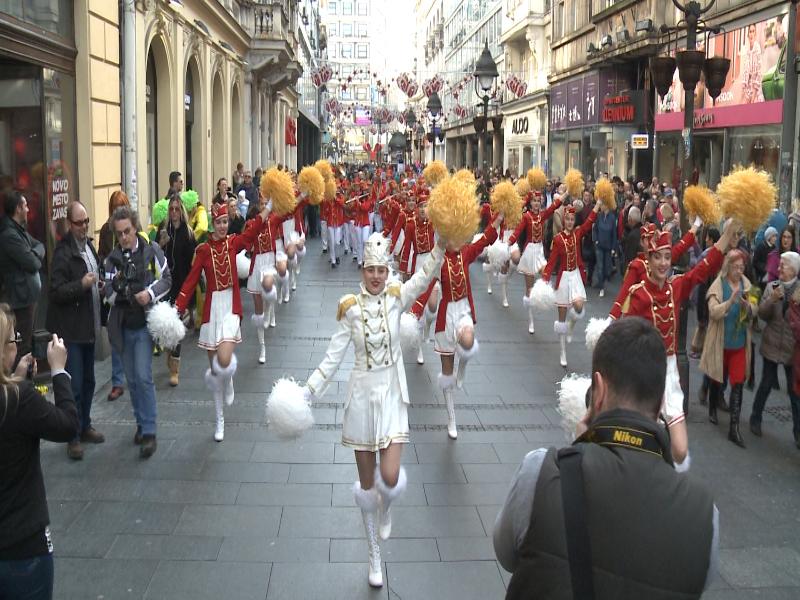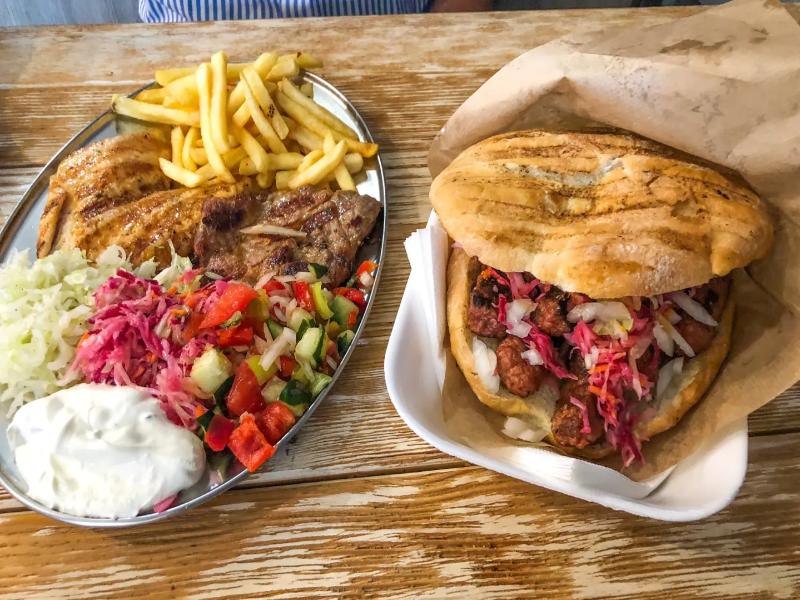Get free consultation
Fill out the form and we will contact you
The Republic of Montenegro (Serbian: Crna Gora / Црна Гора), meaning "black mountain" in many languages, derives its name from the medieval period when Venetian towns referred to the area as Monte Negro. With a long and tumultuous history, this region was once part of various empires such as the Roman, Byzantine, Ottoman, Austro-Hungarian, Serbian, and Yugoslav empires. Montenegro declared independence in 2006 following a referendum and became the 29th member of NATO in 2017. The government of this Eastern European country also aims to become an official member of the EU by 2025.
Montenegro is a small but beautiful country located on the Adriatic coast in Southeast Europe. It has a modest area of approximately 13,812 km² and is home to over 622,000 people. The capital, Podgorica, is both the largest and most populous city in the country.
Notable cities include Nikšić, Cetinje, Bar, Budva, Kotor, Herceg Novi, and Tivat. Cetinje is regarded as the cultural and historical center of the nation, having been the capital from 1878 to 1918. Kotor, recognized by UNESCO as a World Heritage Site, is famed for its ancient architecture and majestic mountainous scenery.
A Country with a Rich and Tumultuous History
Montenegro's terrain is divided into three distinct regions, each with unique characteristics:
Coastal Area: Spanning about 293 km along the Adriatic coast, this region features many of the world's most beautiful white sandy beaches, clear blue bays, and tourist towns such as Budva, Kotor, Herceg Novi, and Tivat. There are also numerous small islands, with Sveti Stefan standing out for its luxurious and charming resort.
Central Region: Situated between the coastal and mountainous areas, this region has elevations ranging from 100 to 1,000 meters above sea level. The climate here is mild, with hot, dry summers and cold, wet winters. It is home to large valleys, such as the Zeta Valley, a key agricultural area. The region also boasts many natural and artificial lakes, including Lake Skadar, one of the largest lakes in the Balkans.
Mountainous Region: Covering about 60% of the country's area, this region has elevations above 1,000 meters and a cold climate with winter snowfall. It includes many high peaks, with Bobotov Kuk being the highest at 2,522 meters.
Harmonious Climate and Fresh Air
Montenegro's economy is relatively well-developed, with a per capita GDP of about USD 8,000. The open market economy encourages the participation of private and foreign enterprises, creating a dynamic and welcoming business environment. The Euro (€) is the official currency used in Montenegro, providing economic benefits such as reduced transaction costs, boosted tourism and trade, and price stability.
Thanks to its diverse and stunning natural landscapes, Montenegro attracts over 2 million tourists each year. The country is known for its beach tourism, mountain tourism, cultural tourism, ecological tourism, and medical tourism. This diversity allows visitors to experience a wide range of activities and explore various aspects of the country.
Besides tourism, the government also focuses on developing light industries, food processing, textiles, and footwear. Agriculture plays an important role in the economy, with the production of vegetables, dairy, and meat being the main products.
With its inherent advantages, Montenegro promises to continue developing and become an attractive destination for tourists from around the world.
Montenegro is a multicultural and multi-religious land where different ethnic groups live in harmony. According to the 2011 census, the main ethnic groups include Montenegrins (45%), Serbs (28.7%), Bosniaks (8.6%), Albanians (4.9%), Roma (1%), and others (11.8%). The primary languages are Serbian (42.9%), Montenegrin (37%), Bosnian (5.3%), Albanian (5.3%), and other languages (9.5%). In terms of religion, the country is predominantly Eastern Orthodox (72.1%), followed by Islam (19.1%), Roman Catholicism (3.4%), and other religions (5.4%).
A Crescent-Shaped Land of Cultural Confluence
Despite its small size, Montenegro boasts a rich and diverse culture shaped by historical influences. The country takes pride in its many UNESCO-recognized cultural heritages, such as the old town of Kotor, Durmitor National Park, and the remains of the Kingdom of Duklja. It also hosts numerous annual cultural festivals and events, including the Sunčane Skale music festival, Podgorica Film Festival, Mimosa Flower Festival, and Kotor Carnival. Traditional arts such as music, dance, poetry, painting, and handicrafts are also well-developed.
Montenegrin cuisine stands out with its blend of Balkan, Mediterranean, Ottoman, and European influences. Traditional dishes include kačamak (cornmeal or potato cake), cicvara (flour and cheese cake), pršut (smoked meat), njeguški sir (specialty cheese from Njeguši), and burek (meat or cheese pastry). Seafood dishes such as fish, shrimp, crabs, clams, and squid are also popular. Fresh fruits and vegetables are a staple of the local diet.
Diverse and Delicious Cuisine
Montenegro has one of the most modern and high-quality education systems in Europe, with excellent facilities and teaching standards. Compulsory education lasts for nine years, from kindergarten to lower secondary school. The country also offers upper secondary and vocational education, lasting three or four years, as well as higher education and postgraduate studies. Major universities include the University of Donja Gorica, the University of Mediterranean, and the University of Adriatic.
The healthcare system provides free public health services to all citizens, including national, city, and local health facilities. Additionally, there are some private hospitals and specialized clinics. According to statistics, health indicators in Montenegro are quite high, with an average life expectancy of 76.7 years, a birth rate of 11.4 per 1,000 people, and a low mortality rate of 9.3 per 1,000 people. However, the country faces some health issues such as obesity, diabetes, cardiovascular diseases, and cancer that need to be addressed.
The answer is yes, but the estimated number is only a few hundred people. They live scattered across major cities, mainly in the capital Podgorica and the coastal city of Budva. The 1980s and 1990s were the years when Vietnamese people began to move to Montenegro to live, marry, work, do business, and travel. The Vietnamese community in this crescent-shaped land often organizes activities such as festivals and celebrations to connect and interact with each other.
If you want to explore countries with long-standing cultural traditions in Europe like Germany, France, Italy, etc., but have not found a suitable visa provider and tour operator, please contact us. We will assist you with the following:
Providing tours and investment consulting services from experienced experts.
Assisting with obtaining travel documents such as visas through reputable agencies.
Offering reasonable, clear, and transparent prices in line with the current market rates.
Providing dedicated support from a team of reputable customer service professionals, continuously addressing and resolving customer issues.
An Attractive Destination in Eastern Europe
The above information provides a general overview of Montenegro, a country known for the harmony and hospitality of its locals. This is an ideal destination where you can explore not only the people but also the diverse cuisine, immerse yourself in festivals, and experience the culture of various ethnic groups. If you want to learn more interesting information about Montenegro or wish to acquire Montenegrin citizenship, please contact us through our website at https://quoctichthuhai.com/.
Fill out the form and we will contact you





